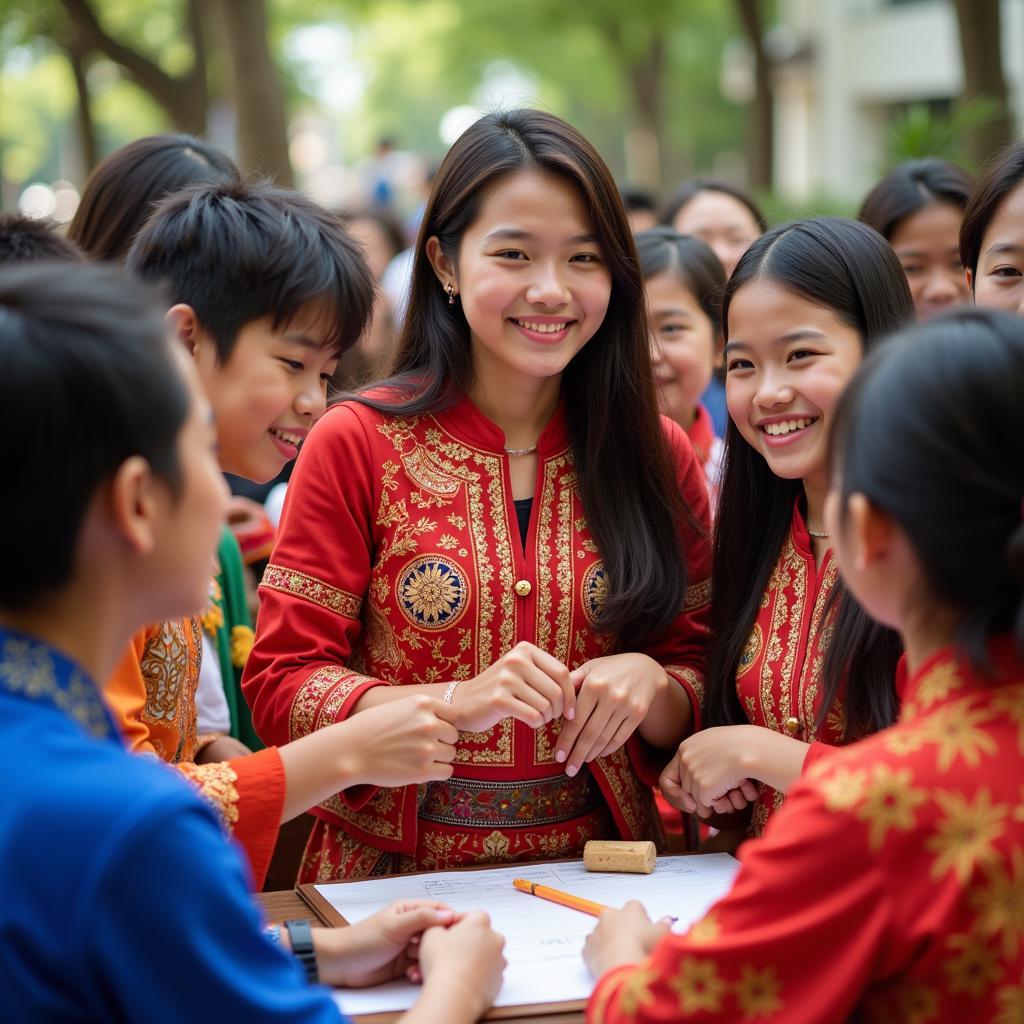In many Southeast Asian cultures, the concept of an “ASE deity” doesn’t hold a universal or specific meaning. The diverse spiritual landscape of the region encompasses a rich tapestry of beliefs, drawing from ancient animism, Hinduism, Buddhism, Islam, and Christianity, often blending seamlessly. This intricate web of faiths has resulted in a fascinating array of deities, spirits, and mythological beings, each revered for unique powers and attributes.
Exploring the Rich Tapestry of Southeast Asian Deities
While “ASE deity” may not be a recognized term, understanding the individual belief systems within Southeast Asia can provide a window into the region’s spiritual richness.
Animism: The Spirit of Nature
Predating organized religions, animism forms the bedrock of many Southeast Asian beliefs. This ancient belief system recognizes spirits inhabiting natural elements like trees, rivers, mountains, and even inanimate objects.
In Vietnam, for instance, “Thần” represents a diverse pantheon of nature spirits, each associated with specific locations and revered by local communities. Similarly, in the highlands of Laos and Myanmar, indigenous groups continue to honor spirits residing in their environment through rituals and offerings.
Hinduism: The Enduring Influence
Hinduism, arriving centuries ago through trade and cultural exchanges, left an enduring legacy on Southeast Asia. While not the dominant religion in most countries, its influence is evident in the pantheon of gods and goddesses integrated into local belief systems.
Bali, often called the “Island of Gods,” stands as a testament to Hinduism’s lasting impact. The Balinese people revere a trinity of gods – Brahma, Vishnu, and Shiva – alongside a host of local deities deeply woven into their daily lives and rituals.
Buddhism: The Path to Enlightenment
Buddhism, arriving from India, found fertile ground in Southeast Asia. While not focused on deities in the same way as Hinduism, Buddhism acknowledges the existence of celestial beings or “devas.” These beings, however, are not seen as all-powerful gods but as entities subject to the cycle of birth and rebirth.
Theravada Buddhism, the dominant form in mainland Southeast Asia, emphasizes personal enlightenment through meditation and moral conduct. However, local beliefs often interweave with Buddhist practices, leading to the veneration of figures like guardian spirits and protective entities alongside the Buddha.
Conclusion: A Tapestry of Beliefs
While “ASE deity” may not have a definitive meaning, exploring the diverse spiritual landscape of Southeast Asia reveals a vibrant tapestry of beliefs. From animistic spirits residing in nature to Hindu deities integrated into local customs and the reverence for enlightened beings in Buddhism, the region offers a fascinating glimpse into the multifaceted nature of faith and spirituality.


